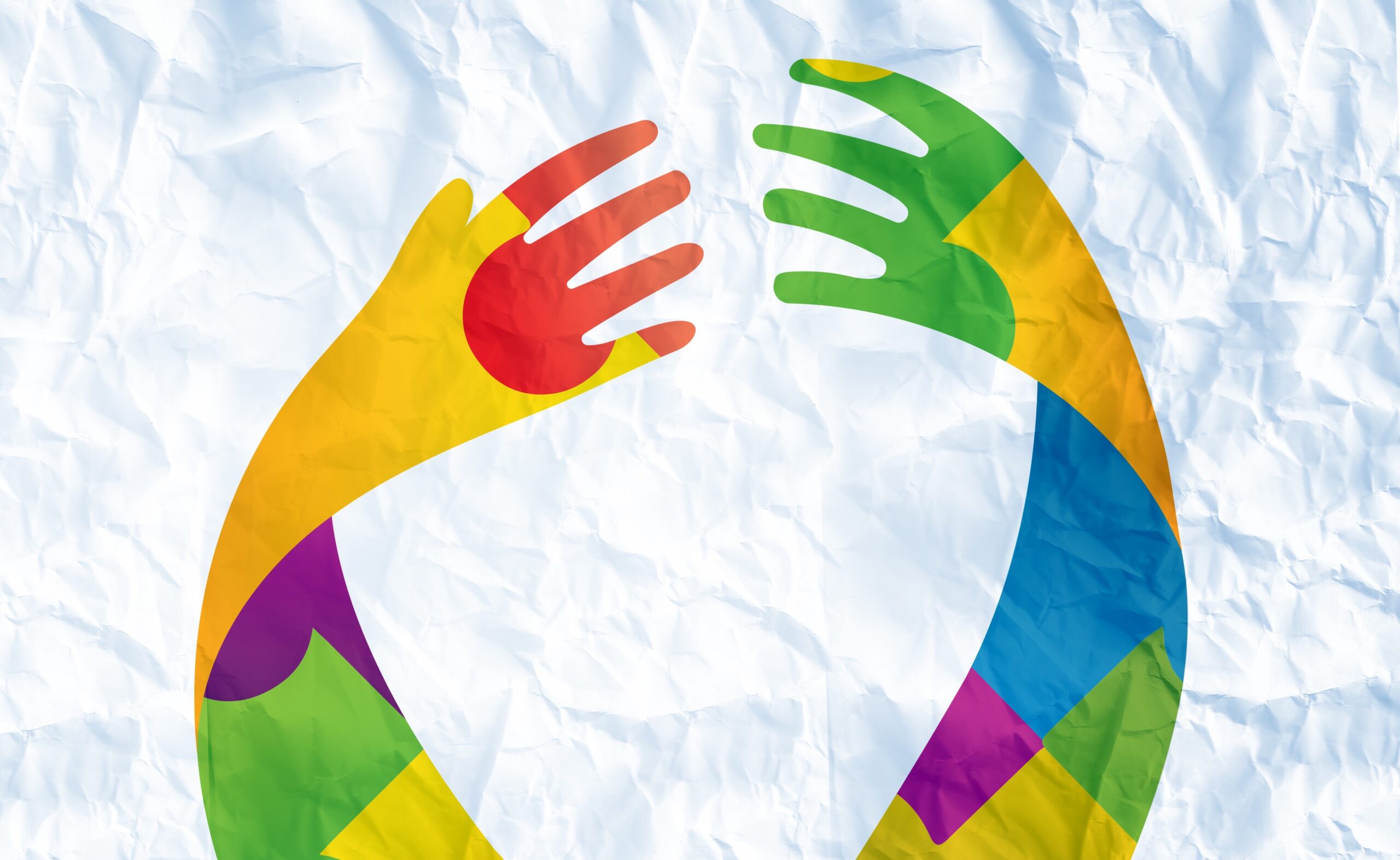When done correctly, an inspiring aspect of ABA is that the personality of a child can be gradually be revealed. We take great delight when one of the children we’re working with makes their first joke or communicates a previously unknown like or dislike. (Note the phrase “when done correctly.” At ABA & VB Group, we conduct ABA in such a way as to maximize potential for the individual to flourish). Long-term, we’re setting the child up not just to learn what we think is important but to develop ways to establish their identity and develop the skills that allow them to have access to a wider range of activities and opportunities to engage.
In an earlier blog, I wrote about prerequisite skills needed before certain valuable and desirable skills can be taught. There are a number of “behavioral cusps” or critical behavioral adaptations that allow children to advance beyond step-by-step instruction. Early intervention is all about a focus on reaching those pivotal behaviors: when a child has achieved the necessary foundation for their continued verbal behavior development, they can express themselves in a way that makes them, them. Ideally, this is done in a very natural and individualized way, allowing for flexibility in responding while taking advantage of preferences and naturally occurring reinforcers that are already part of who that child is.
Natural Environment Teaching (NET) is one of the cornerstones of how this works. With NET, there is no repetitive drilling, no negative feedback for “wrong” answers, and certainly no punishment. There is praise and cheerleading with access to activities the child finds fun embedded in the learning environment. In fact, casual observers would probably think the child is just playing with the ABA therapist. Which, they are! However, carefully thought-out learning objectives are “hidden” within the play, so that the child learns while engaged in these entertaining and reinforcing activities. As new skills are acquired, more and more advanced skills are systematically programmed into that natural and playful environment. When needed, we may isolate specific skills more common to discrete trial training (DTT) but move away from that instructional format as soon as possible to generalize and use the skills in a way that is more naturally motivating to the child. At the same time, children are taught alternative responses for any behaviors that will alienate or substantially interfere with social interactions and learning.
In contrast to this systematically programmed teaching, typically developing children are capable and often learn in spite of a less-than-optimal learning environment. The child with autism does not do well with the type of sometimes messy teaching that typical children can tolerate. The long-term effects of an unprogrammed learning environment for most children with autism would result in a failure to learn. An optimal learning environment should be stacked in the child’s favor by making learning less effortful and with clearer communication about expectations. It’s important to realize that children are always learning whether those learning opportunities have been contrived or not. When left completely to chance, vague and conflicting contingencies can occur, and not only can problem behaviors develop, it can be extremely difficult or impossible for children to learn efficiently. Typical children would also benefit from many of the features of ABA, and in fact those who are excelling academically and behaviorally are doing so by having been exposed to contingencies common to ABA. Children with autism are fortunate to have explicit arrangements that allow them to make the most of their potential.
Down the road, many of the children who have received this type of ABA will have acquired the skills necessary to have access to a broad array of reinforcers and activities, and includes the ability to weigh options, make choices, engage with others, and develop meaningful relationships. They will also be as unique as every individual without a diagnosis of autism: they will have quirks, enduring traits, irritating traits, talents, and blind spots just like every other human. But they will not have suffered by having their symptoms of autism interfere in a way that overshadows their ability to develop their unique potential and share who they are with others. We at ABA & VB Group count ourselves as so fortunate to be able to be part of this process!



